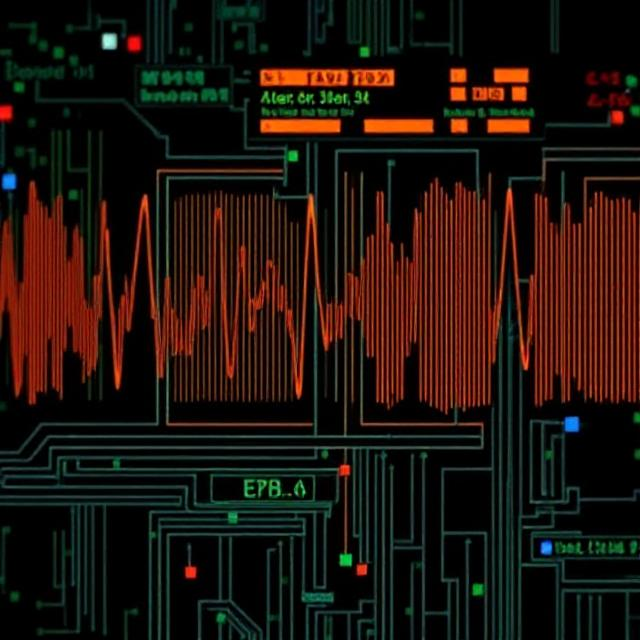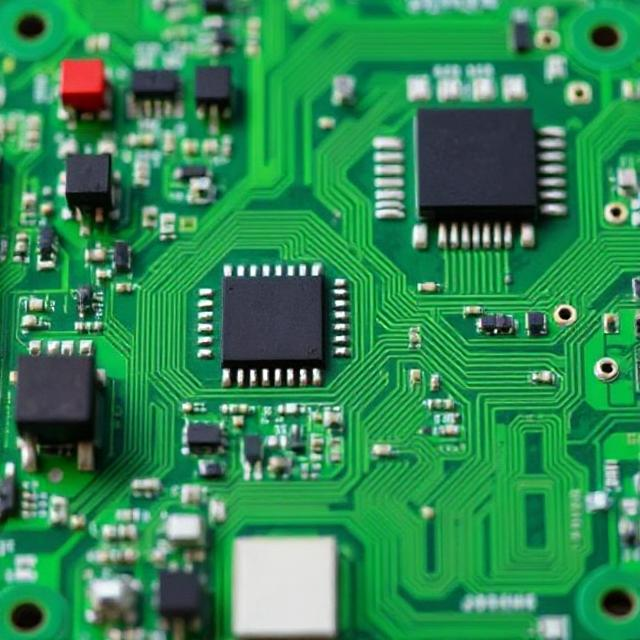Electronics:
Electronics is the study and use of electrical circuits and components to create useful devices. At the heart of electronics are components that control the flow of electric current. Here’s an easy-to-understand breakdown of the basics:

1. Electricity Basics
- Electric Current: This is the flow of electrical charge, typically through wires. It’s like water flowing through pipes. The flow is caused by a difference in voltage (similar to water pressure).
- Voltage (V): This is the force that pushes electric current through a conductor, like the pressure that pushes water through pipes.
- Resistance (R): This is the opposition to the flow of electric current. In a water system, resistance would be like a narrow pipe that slows down the flow of water.
2. Key Components in Electronics
1. Resistor
- What it does: Limits the flow of electric current in a circuit.
- Symbol: A zigzag line.
- Example: Think of it as a thin pipe that restricts the amount of water (electricity) that can flow.
2. Capacitor
- What it does: Stores and releases electrical energy like a battery, but only for short periods.
- Symbol: Two parallel lines (one may be curved).
- Example: Imagine a small tank storing water, then releasing it quickly when needed.
3. Diode
- What it does: Allows current to flow in only one direction.
- Symbol: A triangle with a line on one side.
- Example: Think of it like a one-way valve for electricity, allowing water (current) to flow in one direction but not the other.
4. Transistor
- What it does: Acts as a switch or amplifier, controlling the flow of electricity.
- Symbol: A combination of lines and circles.
- Example: It’s like a faucet that controls the flow of water. You can open or close it to control the flow.
5. LED (Light Emitting Diode)
- What it does: A diode that emits light when current flows through it.
- Symbol: A diode with arrows pointing outwards to represent light.
- Example: Think of it as a tiny light bulb that lights up when electricity passes through it.
3. Ohm’s Law
Ohm’s Law is a basic principle that explains the relationship between voltage, current, and resistance. It’s written as:
- V is Voltage (Volts)
- I is Current (Amps)
- R is Resistance (Ohms)
This means:
- If you increase the voltage, the current will increase (if resistance stays the same).
- If you increase the resistance, the current will decrease (if voltage stays the same).
4. Simple Circuits
- Series Circuit: Components are connected in a single path. If one component fails, the entire circuit is broken.
- Parallel Circuit: Components are connected across multiple paths. If one component fails, the others can still work.
5. AC vs DC (Alternating Current vs Direct Current)
- DC (Direct Current): The electric current flows in one direction. Batteries provide DC power.
- AC (Alternating Current): The current alternates direction periodically. The electricity in homes is AC, meaning it switches direction many times per second.
6. How Components Work Together
In a typical electronic device, these components are combined in a circuit to achieve a specific function. For example:
- In a radio: A transistor amplifies the signal, a capacitor filters out unwanted frequencies, and a diode detects the radio signal.
- In a lightbulb: A resistor controls the current so the bulb doesn’t burn out, and the LED provides light.
7. Tools You Need in Basic Electronics
- Multimeter: Measures voltage, current, and resistance.
- Soldering Iron: Used to connect components to a circuit board.
- Breadboard: A tool for prototyping circuits without soldering.
Summary
In basic electronics:
- Current flows through circuits.
- Components like resistors, capacitors, diodes, and transistors control this flow.
- Ohm’s Law helps us understand how voltage, current, and resistance relate.
- AC and DC are types of electrical current, with AC alternating direction and DC flowing in one direction.
Electronics is all about how these components work together to create useful devices that power everything from phones to cars to computers











